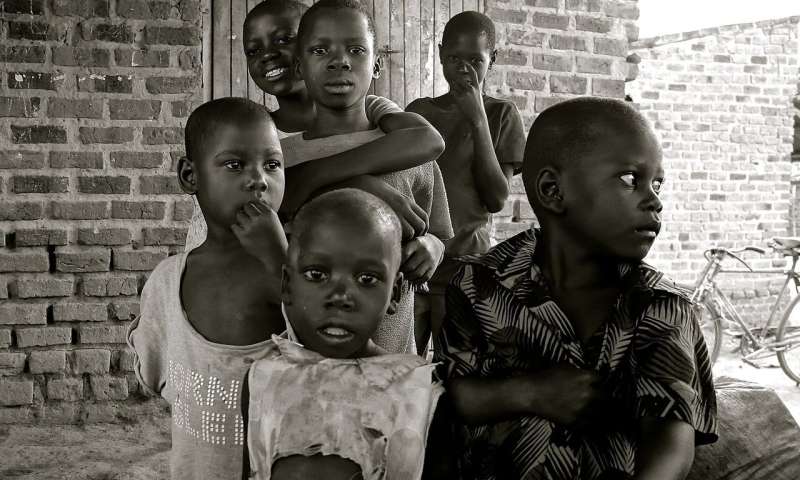Credit: CC0 Public Domain
The relatively slow pace of neonatal and under-5 mortality reduction could prevent most countries in sub-Saharan Africa from achieving targets set in Sustainable Development Goal 3 (SDG-3) by 2030, according to a study published March 12 in the open-access journal PLOS Medicine by Iván Mejía-Guevara of Stanford University, USA and colleagues.
Despite the sharp decline in global under-5 deaths since 1990, uneven progress has been achieved across and within countries. SDG-3 aims to reduce neonatal mortality rates to fewer than 12 per 1,000 live births and under-5 mortality rates to at least as low as 25 per 1,000 births by 2030. But concerns exist as to whether countries in the region will meet these key goals for under-5 mortality, and analysis that explores sources of variation is needed to address these concerns. To address this need, Mejía-Guevara and colleagues used data from full birth histories to develop a new demographic model to assess age patterns of mortality, fit mortality profiles across age and time, and forecast under-5 mortality. The data came from 106 nationally representative demographic and health surveys with full birth histories from 31 sub-Saharan African countries from 1990 to 2017.
The mortality model revealed declines of death rates at every age in most countries, but with notable differences. The average annual reduction for under-5 mortality rates between 1990 and 2017 was 3.2%, but it varied from 0.1% in Lesotho to 5.2% in Malawi. The authors predict that 5 countries (Kenya, Rwanda, Senegal, Tanzania, and Uganda) are on track to achieve the under-5 mortality SDG target by 2030, but only Rwanda and Tanzania would meet both the neonatal and under-5 mortality targets simultaneously. According to the authors, the findings should be considered in the design and scale-up of targeted interventions intended to accelerate progress toward achieving the SDG-3 targets for child mortality reduction.
More information: Iván Mejía-Guevara et al, Age distribution, trends, and forecasts of under-5 mortality in 31 sub-Saharan African countries: A modeling study, PLOS Medicine (2019). DOI: 10.1371/journal.pmed.1002757
Journal information: PLoS Medicine
Provided by Public Library of Science





















